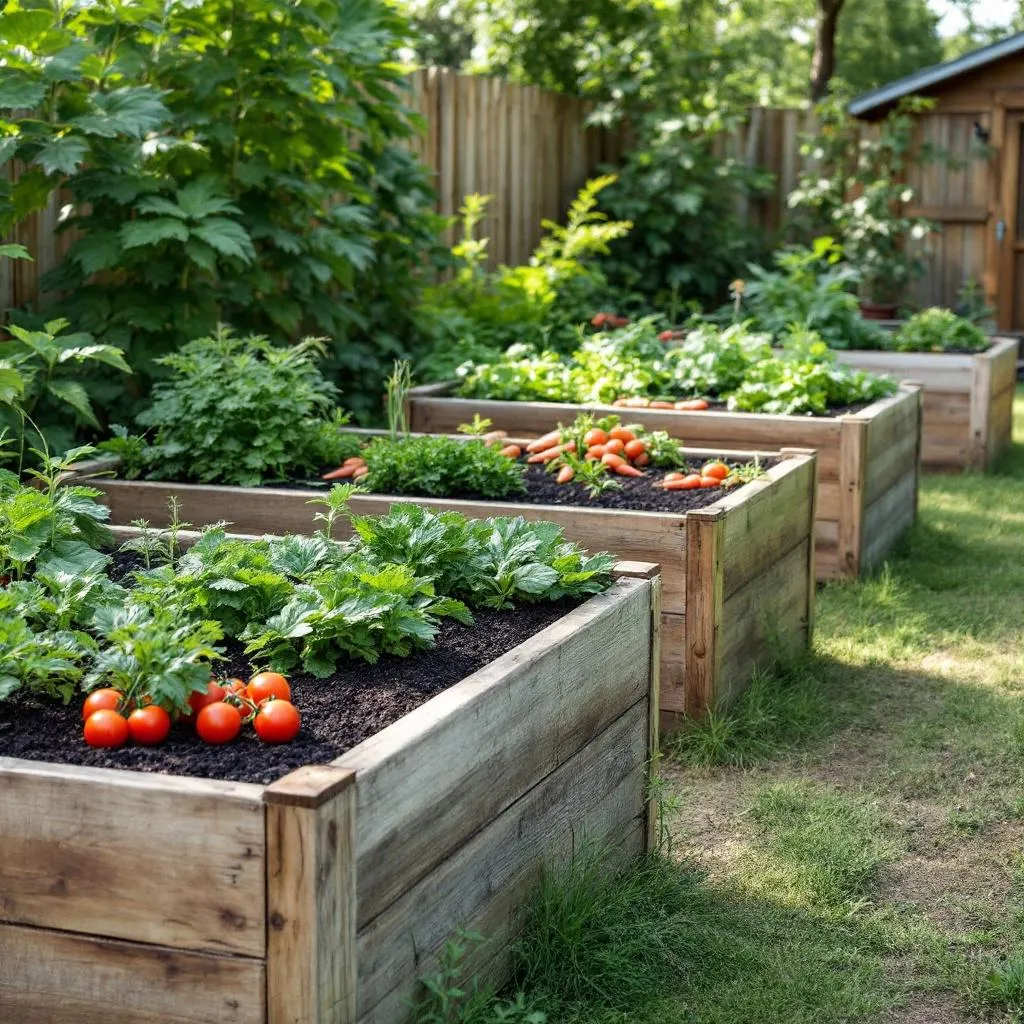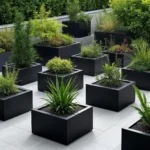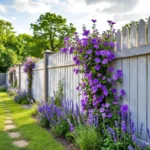Raised vegetable beds are transforming the way we garden, offering a solution that’s both practical and pleasing to the eye. Have you ever wondered how you can maximize your gardening space while minimizing effort? Let me introduce you to the marvels of raised vegetable beds.
Why Raise Your Beds?

Raised beds have gained popularity for a good reason. The elevated structure makes them more accessible and comfy to maintain. No more back-breaking bending over! These beds usually come filled with fertile soil tailored for vegetable planting, significantly boosting plant productivity. But that’s not all; they have better drainage and allow the soil to warm up quicker—extending your growing season from early spring to late fall.
Another intriguing feature is how they promote healthier root growth. While enabling vertical root extension, raised beds also allow for denser horizontal planting. This means you can pack more produce into a smaller plot, a true game-changer for urban or limited spaces.
For those worried about garden aesthetics, these beds act like outdoor rooms, adding structure and beauty all year long. Curious about optimal dimensions? Four feet wide is ideal for easy access, with lengths adjustable based on your garden space. North-south orientation ensures consistent sunlight throughout, while pathways enhance accessibility. For more detail, dive into articles like The Complete Guide to Raised Beds.
Designing the Perfect Raised Bed
- Materials Matter: Choose from cedar, composite wood, steel, or even recycled wine barrels. Opt for durable options to withstand harsh weather for years.
- Companion Planting: Mix herbs and flowers within the beds. Not only do they attract pollinators and deter pests, but herbs like basil and nasturtiums can also boost vegetable growth.
- Built-in Irrigation Systems: Modern designs often come with built-in or sub-irrigation systems. These conserve water and decrease maintenance time.
- Vertical Elements: Incorporate trellises or teepees for climbing plants like peas or tomatoes. These add dimension and leverage vertical spaces, maximizing growing capacity.
- Pathways: Space out beds adequately, considering a three-foot path width for easy movement.
As the interest in sustainable gardening continues to grow, investing in well-designed raised beds can set you on a path to success. Explore layout ideas and tips at Growing in the Garden.
In conclusion, raised vegetable beds deliver on multiple fronts: practicality, durability, and visual charm. They improve everything from soil conditions to ease of gardening, making them an excellent choice for both novice and experienced gardeners alike. For more ideas, check out a list of 25 creative raised bed ideas on The Pioneer Woman.
Ready to elevate your garden? Why not start your design journey with Ogrovision, our advanced garden visualization app? Visit here. And for the latest gardening trends and tips, don’t forget to follow us at AI Garden.





